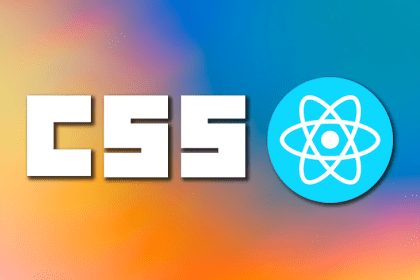
Learn how to use Flexbox, a CSS tool that enables you to build layouts to fit multiple screen sizes, in React Native apps.

Make apps globally accessible by adapting content to suit users in different regions by using one of Rust’s 8 internationalization API tools.

Examine the differences in behavior between React and Forgo, a lightweight UI runtime for creating web apps.

Aleph.js is an up-and-coming Rust powered framework that aids developers in customizing and deploying webpages in dynamic ways.

MVC is an architectural pattern for building software applications. In this article. we zoom in on a component of the MVC that is underused.
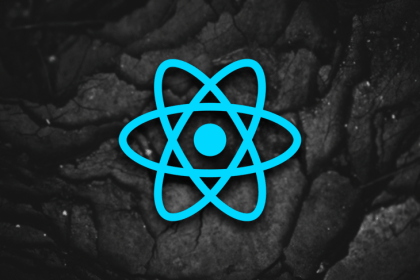
useStateUsing React Hooks, like useState, allows you to ditch class-based components, but are you cultivating bad practice? Find out here.

GSAP is a great choice for web animation library for those who prioritize speed, flexibility, and control.

The experimental features of Snowpack’s previous build are now official in v3 and are ready to be used in production. Check them out here.
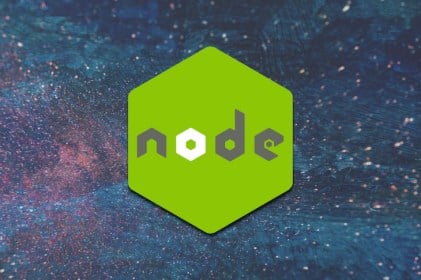
The module system in Node.js has come a long way from its earlier adoption of CommonJS.
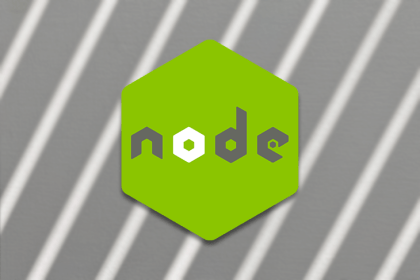
Discover various ways to handle async operations in parallel in Node.js using callbacks, promises, and third-party libraries.
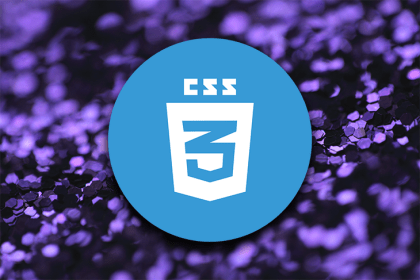
This overview covers the latest major CSS features to make it to browsers in 2021 and includes clear use cases for them.

Amplify and AWS integrations easily communicate with the backend for video on demand services, allowing you to scaffold projects with minimal cost and effort.